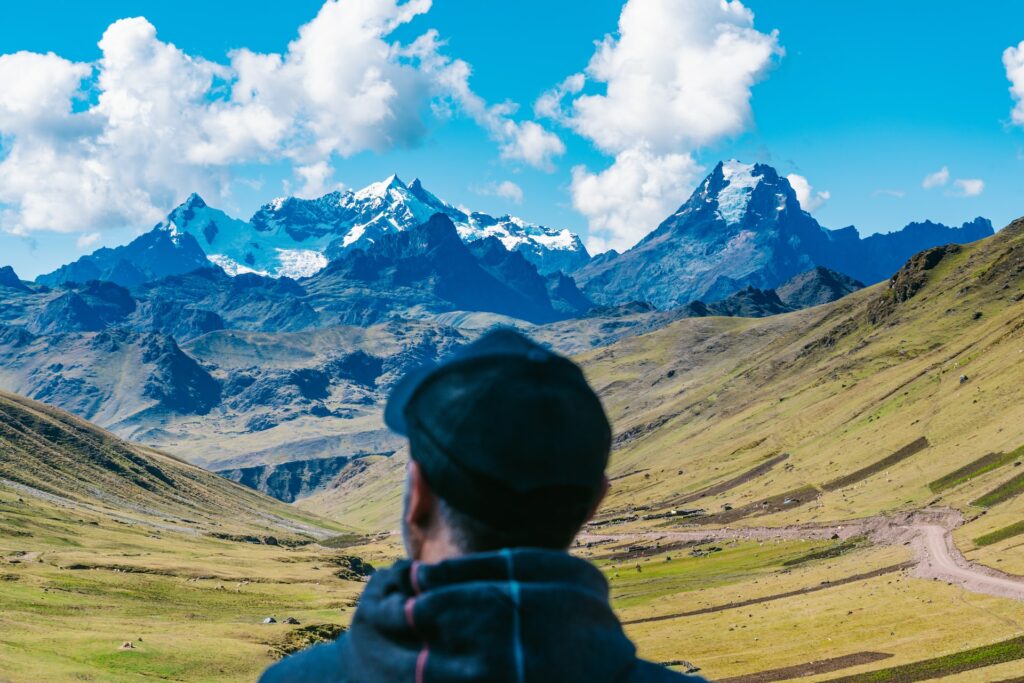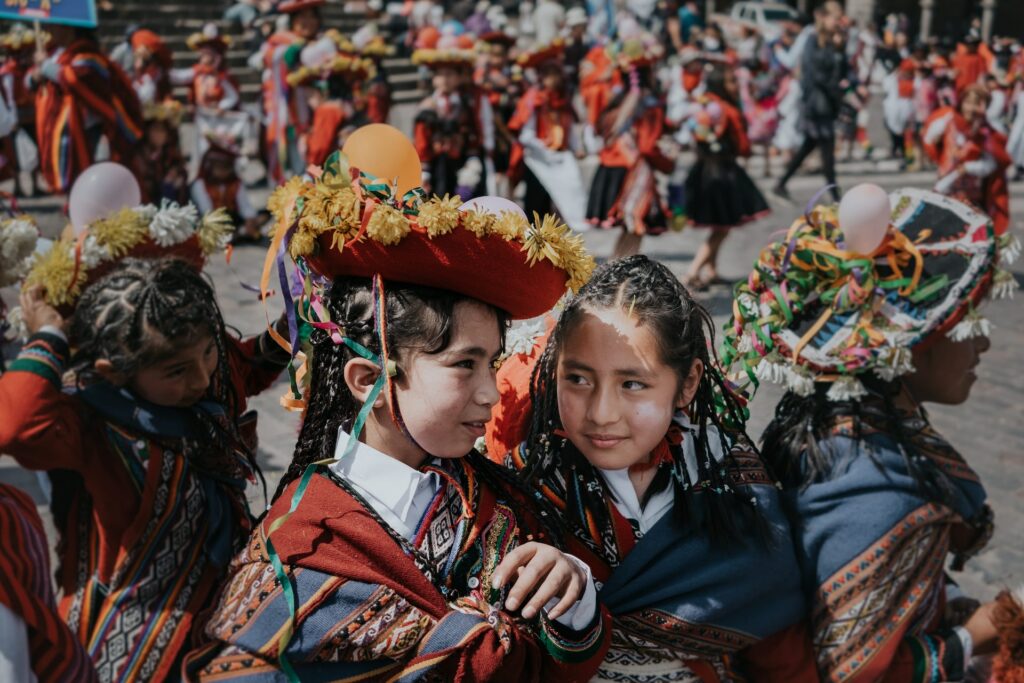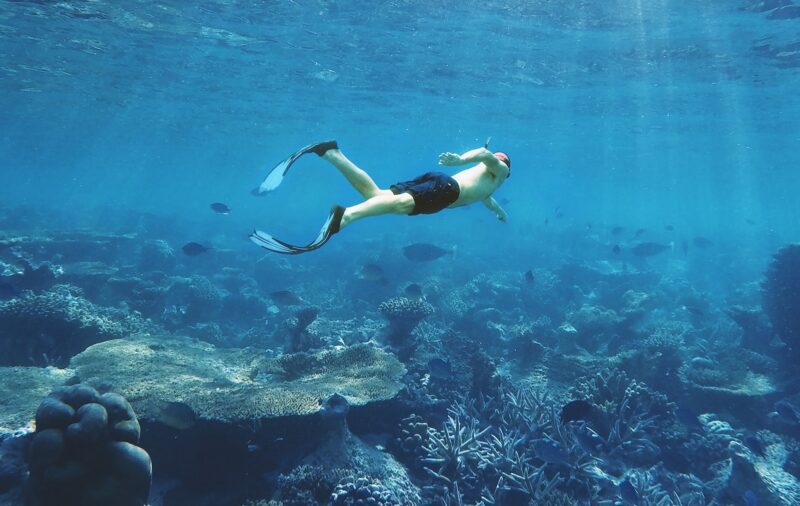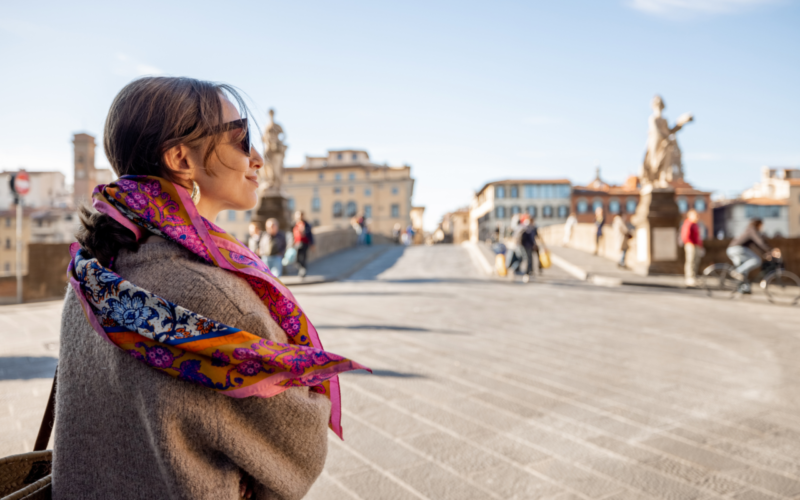The importance of ecotourism in Peru and other countries all over the world cannot be overstated. As travelers become increasingly aware of the need for sustainable and responsible travel, destinations like Peru have emerged as top choices for those looking to immerse themselves in nature while minimizing their impact on the environment. Peru offers a diverse array of eco-friendly destinations, from the majestic Andes to the lush Amazon rainforest, providing unforgettable experiences for the eco-conscious traveler.
The Essence of Ecotourism
Ecotourism is a form of sustainable travel that focuses on preserving natural and cultural heritage while minimizing the impact on the environment. It aims to promote the conservation of ecosystems and wildlife and provide economic benefits to local communities. Some key principles to keep in mind when participating in ecotourism in Peru include respecting local cultures, supporting conservation efforts, minimizing waste, and promoting sustainable practices.
Planning Your Eco-Adventure in Peru
Best Time to Visit
The ideal time to visit Peru for ecotourism depends on your chosen destinations and activities. The dry season (May to October) is generally the best time for trekking in the Andes and visiting the Amazon rainforest. However, the shoulder months of April and November can also offer pleasant weather and fewer crowds. Be prepared for varying climates, as temperatures can differ significantly between the coast, mountains, and rainforest.
What to Pack
When packing for your eco-adventure in Peru, focus on versatile and eco-friendly items. Bring lightweight, quick-drying clothing, a reusable water bottle, and biodegradable toiletries. Include a rain jacket and waterproof footwear for the unpredictable weather. Don’t forget essentials like sunscreen, insect repellent, and a hat for sun protection.
Responsible Travel Tips
To ensure your trip is as sustainable as possible, follow responsible travel practices such as minimizing waste, respecting local customs, and using eco-friendly accommodations and transportation. Choose reputable tour operators that prioritize sustainable practices, and always adhere to the leave-no-trace principles.
Top Eco-Destinations in Peru
1. The Amazon Rainforest
The Amazon Rainforest is one of the most biodiverse regions on Earth, making it a must-see destination for ecotourists. This vast ecosystem is home to countless species of plants, animals, and insects, many of which are endemic to the area. Explore the rainforest through guided tours and stay at eco-lodges that prioritize sustainability and support local communities.
2. Manu National Park
Manu National Park is a UNESCO Biosphere Reserve and a haven for wildlife enthusiasts. Spanning over 1.5 million hectares, this protected area boasts unparalleled biodiversity, including over 1,000 bird species, 200 mammal species, and 15,000 plant species. Choose guided tours and eco-friendly accommodations that prioritize conservation and responsible practices.
3. The Sacred Valley

The Sacred Valley is a cultural and historical treasure trove in the heart of the Andes. The region is dotted with archaeological sites, traditional villages, and agricultural terraces, offering a unique insight into the lives of the ancient Inca civilization. Engage in sustainable activities such as visiting community-led projects, exploring on foot or by bicycle, and participating in cultural experiences like textile workshops or cooking classes.
4. Lake Titicaca
Lake Titicaca is the world’s highest navigable lake, straddling the border between Peru and Bolivia. Its crystal-clear waters and surrounding landscapes make it a stunning destination for ecotourism. Stay at eco-friendly accommodations and participate in activities that respect the environment and local communities. Visit the Uros Floating Islands, where indigenous people live on islands made of totora reeds, and Taquile Island, known for its traditional textile art and community-based tourism.
5. Paracas National Reserve
Paracas National Reserve is a coastal desert paradise, offering unique landscapes and abundant wildlife. The reserve is home to a diverse array of seabirds, marine mammals, and other wildlife, making it a prime destination for birdwatching and wildlife photography. Choose sustainable travel options like guided tours that focus on conservation and responsible practices.
6. Huascarán National Park
Located in the Cordillera Blanca mountain range, Huascarán National Park is a UNESCO World Heritage site and a haven for outdoor enthusiasts. The park offers numerous hiking and trekking adventures for visitors who’ve come prepared with durable, sustainable shoes, including the Santa Cruz trek and the challenging Huayhuash Circuit. Stay at ecotourism accommodations and choose guided tours that prioritize environmental stewardship and support local communities.
Unique Ecotourism Experiences in Peru
Birdwatching

Peru is home to over 1,800 bird species, making it a premier destination for birdwatching. Explore hotspots like Manu National Park, Tambopata National Reserve, and the Colca Canyon, where you can spot a variety of endemic and migratory birds, including the Andean condor and the rare marvelous spatuletail hummingbird.
Wildlife Photography
Capture the stunning biodiversity of Peru through wildlife photography. Guided tours and workshops led by expert wildlife photographers can provide invaluable insights into capturing the perfect shot while adhering to ethical guidelines and respecting the natural habitats of the subjects.
Volunteering and Conservation Projects
Engage in hands-on conservation efforts by participating in volunteering programs or supporting local projects. Opportunities include wildlife rehabilitation centers, reforestation initiatives, and community-based ecotourism projects. Not only will you contribute to the preservation of Peru’s ecosystems, but you’ll also gain a deeper understanding of the challenges facing these environments.
Peruvian Gastronomy and Cooking Classes
Discover the rich flavors of Peruvian cuisine while supporting local farmers and sustainable practices. Take part in cooking classes, visit organic farms, experience Peruvian coffee, and enjoy meals made with locally sourced, seasonal ingredients. Learn about traditional dishes like ceviche, lomo saltado, and quinoa-based meals while gaining an appreciation for Peru’s culinary heritage.
Textile Workshops and Local Handicrafts
Peru’s vibrant textile traditions date back thousands of years, with techniques and patterns passed down through generations. Participate in textile workshops led by local artisans to learn about traditional weaving, dyeing, and embroidery methods. By supporting these workshops and purchasing handmade crafts, you contribute to the preservation of these cultural practices and provide income for local communities.
Supporting Local Communities
Importance of Supporting Local Communities

One of the core principles of ecotourism in Peru — and anywhere, for that matter — is providing economic benefits to local communities. By choosing locally owned accommodations, purchasing handcrafted souvenirs, and participating in community-based tourism initiatives, you help create jobs, empower communities, and promote cultural exchange.
Fair-Trade Shopping and Community-Based Tourism
Support local artisans and their crafts by purchasing fair-trade items from certified sources or directly from the makers. Engage in community-based tourism by visiting indigenous communities, where you can learn about their customs, traditions, and ways of life while supporting their livelihoods.
Empowering Indigenous Communities Through Ecotourism in Peru
Indigenous communities in Peru often face challenges such as poverty, marginalization, and limited access to resources. Ecotourism can provide an opportunity for these communities to generate income, protect their lands, and preserve their cultures. By choosing tours and accommodations that partner with indigenous communities, you contribute to their empowerment and the protection of their heritage.
Ecotourism Tips for Travelers
Leave No Trace Principles
To minimize your impact on the environment and wildlife, follow the leave-no-trace principles, which include disposing of waste properly, staying on designated trails, and not disturbing wildlife or removing natural objects. These practices help ensure the preservation of Peru’s natural beauty for future generations.
Respecting Local Customs and Traditions
When visiting cultural sites and local communities, always show respect for customs and traditions. This may include dressing modestly, asking for permission before taking photos, and refraining from touching sacred objects or entering restricted areas.
Choosing Eco-Friendly Accommodations and Transportation
Select accommodations that prioritize sustainability, such as eco-lodges, green hotels, or community-run guesthouses. These establishments often use renewable energy, minimize waste, and support local communities. Opt for environmentally friendly transportation methods like public buses, bicycles, or walking when possible to reduce your carbon footprint.
The Future of Ecotourism in Peru
Challenges Facing Ecotourism in Peru
Despite its potential benefits, ecotourism in Peru faces challenges such as uncontrolled tourism growth, deforestation, and climate change. Addressing these issues requires collaboration between the government, local communities, and tourists.
The Role of the Government and Organizations in Promoting Ecotourism
The government and organizations play a crucial role in promoting and regulating ecotourism in Peru. This includes implementing sustainable tourism policies, supporting community-based initiatives, and educating travelers about responsible practices.
Ways to Contribute to a Sustainable Future in Peru
As a visitor, you can contribute to a sustainable future in Peru by choosing eco-friendly travel options, supporting local communities, and promoting responsible tourism practices. Your choices have a direct impact on the preservation of Peru’s natural and cultural heritage, and together, we can ensure a brighter future for this incredible destination.





















